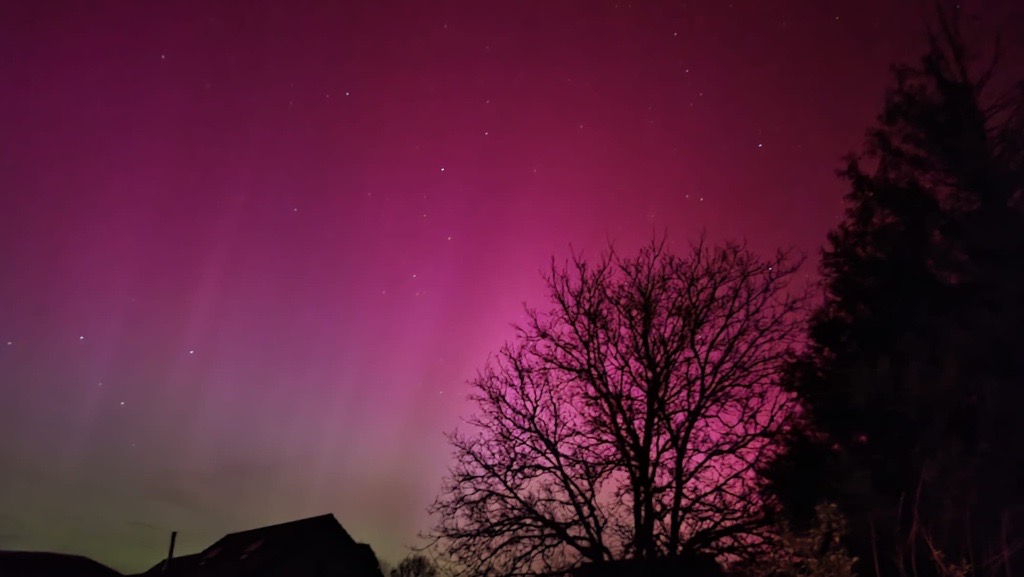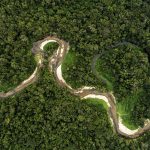← Back
Solar Storm: CLS had Anticipated Intense Activity

CLS had anticipated intense activity as part of its solar activity forecasting service for civil aviation! For about 20 years, CLS has been forecasting the geomagnetic activity of the most important star for Earth.
CLS has been anticipating sun’s geomagnetic activities for 20 years
 Philippe Yaya, in charge of our eruption and geomagnetic activity forecasts, said, “Since April 30th, CLS has been on duty for monitoring the impacts of solar activity for the International Civil Aviation Organization. We observed a series of major eruptions from the same active region as early as May 8th. Its position on the solar disk and the intensity of the eruptions led us to estimate strong geomagnetic activity (originating notably in auroras) in the following 2-3 days, although it was even more significant than expected in practice. Here is an excerpt from the bulletin intended for civil aviation, written by Marie Cherrier, an engineer at CLS: ‘Forecast: The geomagnetic activity is expected to be active in the next 2 days […]. CME impacts, which are expected to combine into a larger one, should reach Earth in 1 to 2 days.'”
Philippe Yaya, in charge of our eruption and geomagnetic activity forecasts, said, “Since April 30th, CLS has been on duty for monitoring the impacts of solar activity for the International Civil Aviation Organization. We observed a series of major eruptions from the same active region as early as May 8th. Its position on the solar disk and the intensity of the eruptions led us to estimate strong geomagnetic activity (originating notably in auroras) in the following 2-3 days, although it was even more significant than expected in practice. Here is an excerpt from the bulletin intended for civil aviation, written by Marie Cherrier, an engineer at CLS: ‘Forecast: The geomagnetic activity is expected to be active in the next 2 days […]. CME impacts, which are expected to combine into a larger one, should reach Earth in 1 to 2 days.'”
Approaching Proton Storm
Although the Sun is our vital source of energy, it can also pose a serious threat. With a 1 in 8 chance of a major solar storm by 2030, it is crucial to prepare. The consequences could be devastating, endangering our power grids, telecommunications, and navigation systems, with economic losses estimated at over $1 trillion.
 In 1859, a historic solar storm demonstrated the destructive power of the Sun, damaging 5% of our ozone layer. The impacts of such a catastrophe are cataclysmic, threatening astronauts, satellites, airplanes, and even our terrestrial infrastructure, reminding us of the vulnerability of our modern society to solar whims.
In 1859, a historic solar storm demonstrated the destructive power of the Sun, damaging 5% of our ozone layer. The impacts of such a catastrophe are cataclysmic, threatening astronauts, satellites, airplanes, and even our terrestrial infrastructure, reminding us of the vulnerability of our modern society to solar whims.
Fortunately, CLS closely monitors solar activity, providing precise forecasts through satellite data. Thanks to their vigilance, we can anticipate and mitigate the harmful effects of solar storms.
Philippe Yaya and Marie Cherrier, engineers at CLS, study images and data from space instruments (SoHO, GOES, SDO, DSCOVR, PROBA2) and ground-based monitors (neutron monitors) every week to forecast the activity of our primary star.
Photos of auroras taken in the village of Soucia – Jura ©Guillaume Malaterre




